The three new Voigtlander lenses that were announced yesterday:
Voigtlander Macro APO Lanthar 110mm f/2.5 lens for Sony E-mount:
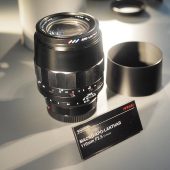
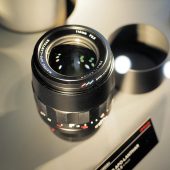
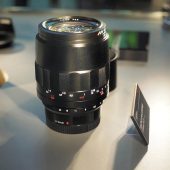
Voigtlander Color-Skopar 21mm f/3.5 Aspherical lens for Sony E-mount:
The three new Voigtlander lenses that were announced yesterday:
Voigtlander Macro APO Lanthar 110mm f/2.5 lens for Sony E-mount:



Voigtlander Color-Skopar 21mm f/3.5 Aspherical lens for Sony E-mount:
Some pictures from the new Tokina lenses announced for the 2018 CP+ show:
Tokina Opera 50mm f/1.4 FF lens:
Here is a closer look at the new Sigma lenses from the 2018 CP+ show in Japan that started today:
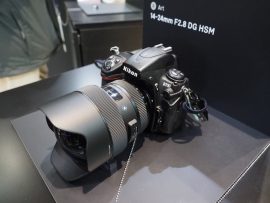
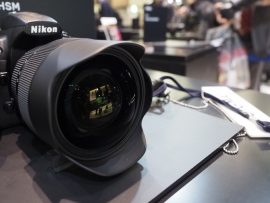
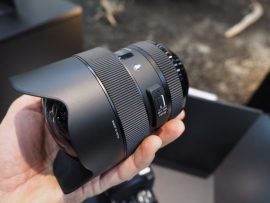

Sigma 70mm f/2.8 DG MACRO Art lens:
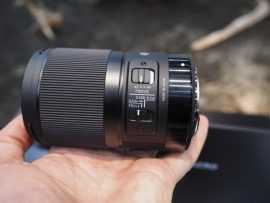
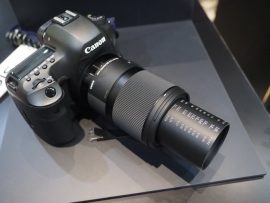
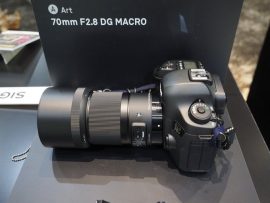
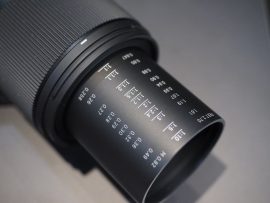
Sigma 14mm f/1.8 ART DG HSM lens for Sony E-mount:
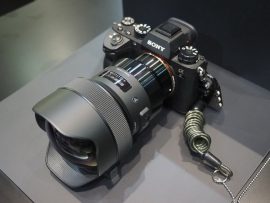

Sigma 20mm f/1.4 ART DG HSM lens for Sony E-mount:
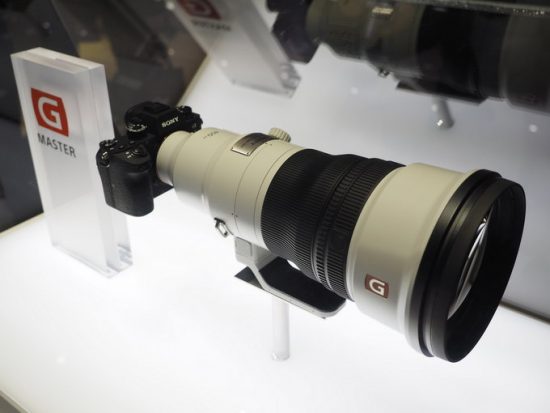
Some new pictures from the CP+ show of the upcoming Sony FE 400mm f/2.8 GM OSS lens that is expected to start shipping in September:
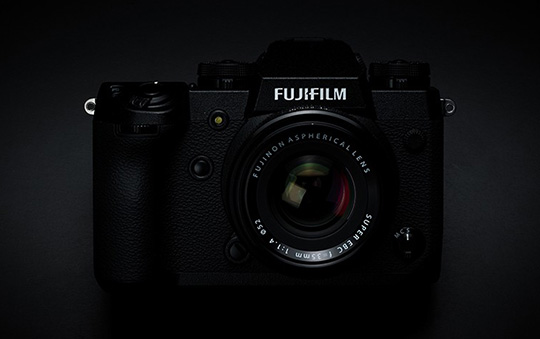
The new Fuji X-H1 camera is now in stock at Adorama and Amazon.
Adorama and B&H are offering a free Domke satchel bag with every X-H1 purchase.
For European availability check Amazon Germany and Amazon UK.
The camera manual is also now available as a PDF or online.

Fujifilm introduced a “Special Introductory Pricing” where you can save up to $250 on different X-H1 bundles (click “Configuration” for more information):
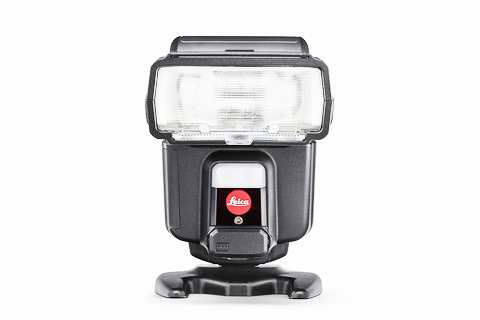

Leica announced a new SF 60 system flash unit (flash guide number of 60) and SF C1 wireless flash controller. Both new products will be presented to the public for the first time at the 2018 WPPI Las Vegas. The official product launch will be in April.
The new Leica products are rebadged Nissin i60a flash and Air10s controller.
Additional information can be found at LeicaRumors:
The new Leica SF 60 flash and SF C1 wireless flash controller now listed online
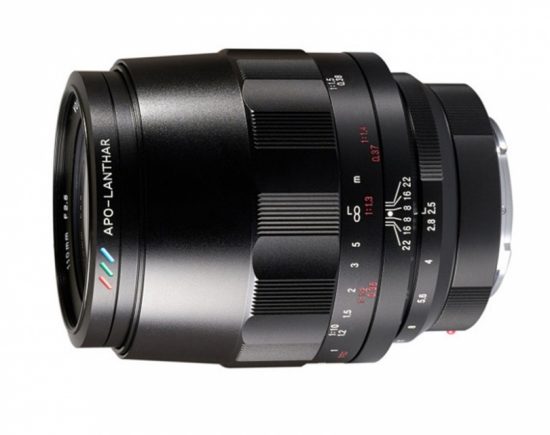

For the 2018 CP+ show in Japan Cosina announced three new Voigtlander lenses – two for Sony E-mount and one for Leica M-mount (Voigtlander already has three 50mm VM lenses for Leics M-mount and seven lenses for Sony E-mount):